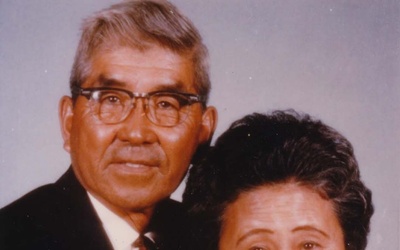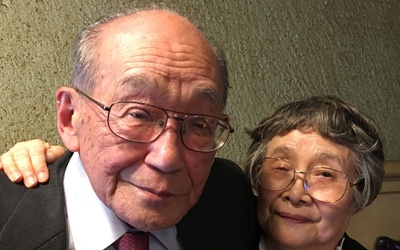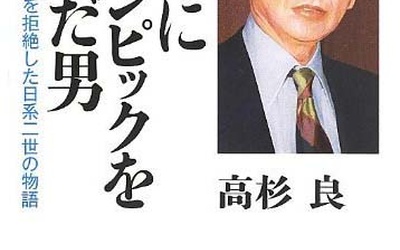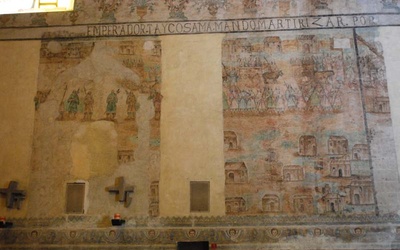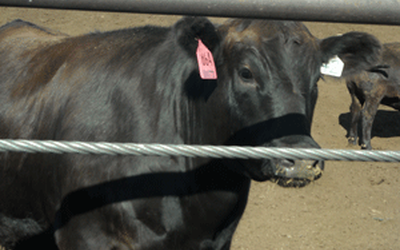
Rio Imamura
@riodanRio Imamura, a U.S. citizen for close to 30 years living in New York City and Southern California, returned to Japan upon retirement in 1994. His Japanese translation of Dear Miss Breed written by Joanne Oppenheim was published by Kashiwa Shobo, Tokyo in 2007.
Updated February 2012
Stories from This Author
Notable Japanese Americans
June 28, 2016 • Rio Imamura
The 46th elementary school opening early next year in Chula Vista with a 47.5 million dollar budget will bear Saburo Muraoka’s name. I thought the case might be the first public school built in honor of a Japanese American immigrant, unprecedented for Japanese Americans. I looked up the late Hawaiian war hero, 442nd combat vet, U.S. Senator Daniel Inouye (1924–2012), the first Japanese American Congressman. Yes, DKI Institute was built in 2013, inside the University of Hawaii, Manoa Campus to …
Minato Gakuen Now
June 1, 2016 • Rio Imamura
The Class of 2016 graduating from Minato Gakuen was congratulated once in San Diego in mid-March and again in Kyoto in early April. Here’s chapter and verse of the life spanning story and the fruits of the concerted service and dedication of all those parties involved. Minato Gakuen was established in 1978 as a Nihongo Hoshuko (Saturday Japanese Supplementary Language School) in San Diego primarily for the Japanese expatriate children. Most expatriate’s term of assignment range from 3–4 years and …
Infamy
Aug. 11, 2015 • Rio Imamura
My son, who lives in New York, took the trouble to airfreight me Richard Reeves’ Infamy, a 340 page book newly published by Henry Holt & Co. The subtitle reads “The Shocking Story of the Japanese American Internment in World War II.” This is the first book Joanne Oppenheim’s Dear Miss Breed is quoted extensively. I was happy to find Clara Breed’s photo in the book. She was the children’s librarian at the San Diego Public Library, who met hundreds …
"Painted My Way"—Henry Fukuhara, A True Artist
Dec. 26, 2013 • Rio Imamura
Shadow of the distant pass; Their memories still last Manzanar: Monument of Tears. Ignorance and pseudo-fears; A wrong that can’t be made right; A blindness for lack of sight; A day now engulfed by night; A hope shaded, once so bright. The memories still last, …they still last —“Manzanar” …
Voluntary Evacuation
Nov. 29, 2013 • Rio Imamura
“Attempted but failed” was my understanding of the voluntary evacuation efforts by the Japanese Americans when Japan declared war against the Allied Forces in attacking Pearl Harbor. Ryo Takasugi’s book on Fred (Isamu) Wada took me by surprise. The book, written a decade ago, was recently republished as The Man who ushered in the Tokyo Olympics (1964) from Kobunsha. What caught me was its subtitle “The Story of an Nisei Japanese who Refused to go to the Concentration Camp.” The …
Revisiting Balboa Park Japanese Friendship Garden
Sept. 25, 2013 • Rio Imamura
I wish to dedicate this article to: Will Hippen, Jr., Clara Breed, Marge Wells, Mark Umemura, Ken Takada, Denny Ikeda, and George Woodworth. Recently, I had the chance to re-visit the Balboa Park Japanese Friendship Garden. I tried to rely on my memory to find the entrance from the Organ Pavilion, the center of San Diego Balboa Park. I found myself at the VIP (or service) gate which was locked to the general public. Once I realized I was at the …
Imamura Church
June 11, 2013 • Rio Imamura
Edson Aoki, a Japanese Brazilian, whom I just got to know, visited Tachiarai1, Fukuoka recently. Tachiarai, easily reachable by train from Kurume (20 km further inland) or Fukuoka Tenjin Station, is a quiet rural country with rice paddies. We can’t imagine what it looked like during World War II. Tachiarai back then was heavily bombed because the Imperial Army Air Force base was there. It was the training center of young pilots and AA artillery armies. I barely remember the …
Japanese Drifters to Mexico
April 2, 2013 • Rio Imamura
Captain Jukichi’s Diary led me to the tale of Zensuke, another sea captain of the ship Eijyumaru, a vessel boastfully designated as “Sengokubune,” or One Thousand Koku boat (see previous post “Trip to Discover Kyoto History” regarding definition of “koku,” a unit of volume), measuring roughly 15 meters long, single-masted, capable of carrying 150 tons of rice and other cargo. However, the term 1000 Koku was loosely used. The English translation of Sengokubune was large junk-style ship. So chances were …
Samurai Missionary
Nov. 21, 2012 • Rio Imamura
I tell you the truth, unless a grain of wheat falls to the ground and dies, it remains only a single seed. But if it dies, it produces many seeds. —John 12:24 1 It was close to my retirement when browsing the UCSB Library, I found the book titled Samurai Missionary published in 1985. While perusing the book, the name “Imabari” jumped out at me and caught me by surprise. This is the city in Ehime Prefecture on Shikoku Island …
The Washugyu Dream Venture
Sept. 27, 2012 • Rio Imamura
Ever heard of Washoku? It’s a culinary and cultural tradition of Japanese dishes now quietly prevailing worldwide. If you know Washoku, then Wagyu may not sound peculiar. “Wagyu” is defined by Larry Olsmed, who wrote “Kobe Beef Scam” in the Forbes magazine (4/13/12) as follows: “Wagyu, on the other hand, means ‘Japanese Cattle’ and refers to the entirety of the nation’s breeds.” Beyond that, its definition gets vaguer depending on who you ask and what country you are in. It …

